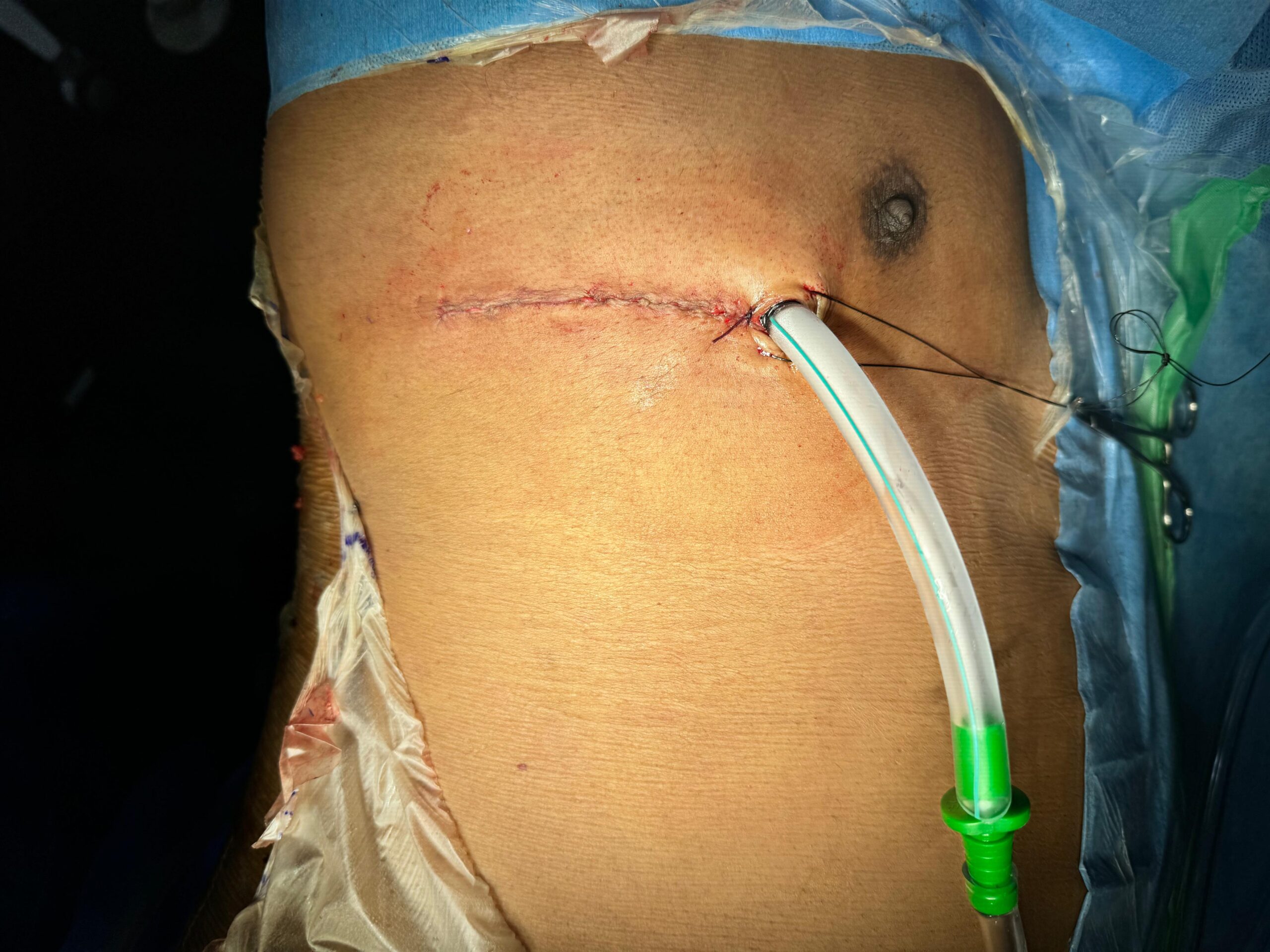

VATS (Video-Assisted Thoracoscopic Surgery) is a minimally invasive surgical technique used primarily for procedures within the chest cavity. Unlike traditional open surgery, which requires a large incision, VATS involves making small incisions through which a thoracoscope (a tiny camera) and surgical instruments are inserted. The thoracoscope transmits images of the inside of the chest onto a video monitor, allowing the surgeon to see and operate with precision.
Common Uses of VATS
- Lung Cancer Surgery: Removal of lung tumors or lobes (lobectomy).
- Pleural Diseases: Treatment of pleural effusions or pleural thickening.
- Biopsies: Taking tissue samples from the lung or pleura for diagnosis.
- Mediastinal Tumors: Removal of tumors located in the mediastinum (the central compartment of the thoracic cavity).
- Sympathectomy: Surgical procedure for hyperhidrosis (excessive sweating).
Advantages of VATS
- Reduced Pain: Smaller incisions lead to less postoperative pain.
- Shorter Hospital Stay: Patients typically recover faster and have shorter hospital stays.
- Lower Risk of Infection: Smaller wounds reduce the risk of infection.
- Quicker Recovery: Patients often return to normal activities sooner compared to traditional open surgery.
Risks and Considerations
- Complications: Like any surgical procedure, VATS carries risks such as bleeding, infection, and complications related to anesthesia.
- Conversion to Open Surgery: In some cases, the surgeon may need to convert to an open procedure if complications arise or visibility is inadequate.
- Technical Skill Required: VATS requires specialized training and expertise.
Overall, VATS represents a significant advancement in thoracic surgery, offering many patients a safer and less invasive alternative to traditional methods.